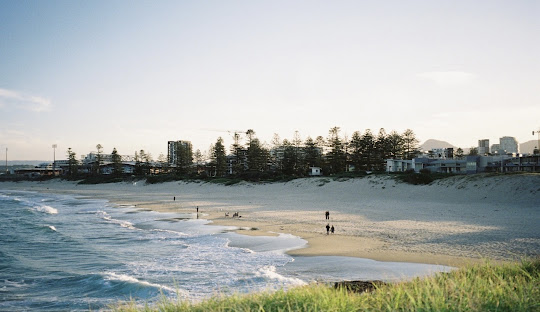
Wollongong’s Industrial Evolution and Economic Diversification
Posted by on
Wollongong's industrial history is deeply intertwined with the region's coal resources, which attracted heavy industries in the 20th century. In 1928, Hoskins, which later became Australian Iron & Steel (AI&S), set up a steelworks at Port Kembla, just south of Wollongong. In 1935, the Broken Hill Proprietary Company (BHP) acquired AI&S, and it eventually merged with Billiton plc, becoming BHP Billiton. Today, the steelworks operates under BlueScope, producing around 5 million tonnes of steel annually and is regarded as one of the world's top flat-rolled steel producers. The Port Kembla industrial complex has since grown to be the largest concentration of heavy industry in Australia, with industries including a fertiliser plant, copper smelter, coal export terminal, and more.
Throughout the 20th century, Wollongong’s urban and industrial landscape continued to expand. In 1936, the Wollongong Lighthouse was completed on Flagstaff Point, a symbol of the city's growing coastal significance. The city was proclaimed a city in 1942, with the formation of the City of Greater Wollongong in 1947, and by 1954, the city’s population reached nearly 91,000.
In the mid-20th century, Wollongong made significant strides in education and infrastructure. The establishment of Wollongong University College in 1961 and Wollongong Teachers College in 1963 reflected the city’s expanding educational offerings. This period also saw the development of retail and entertainment spaces, including the opening of Wollongong’s first shopping center at Figtree in 1965 and the completion of Wollongong Mall in the 1980s.
Despite the decline of traditional manufacturing in the 1980s due to shifts in economic policies, Wollongong has steadily diversified its economy. The city now sees significant contributions from sectors such as higher education, fine arts, tourism, and eco-friendly energy generation. Key landmarks like the Illawarra Performing Arts Centre (IPAC) and Wollongong Entertainment Centre, opened in the late 1980s and 1990s, have helped establish Wollongong as a cultural hub in the region. Today, while the city’s economy still heavily relies on its industrial base, it is poised for continued growth through diversification.
The name "Wollongong" has various meanings in Aboriginal languages, including "seas of the South," "great feast of fish," and "many snakes," reflecting the city’s strong connection to its natural and cultural heritage.